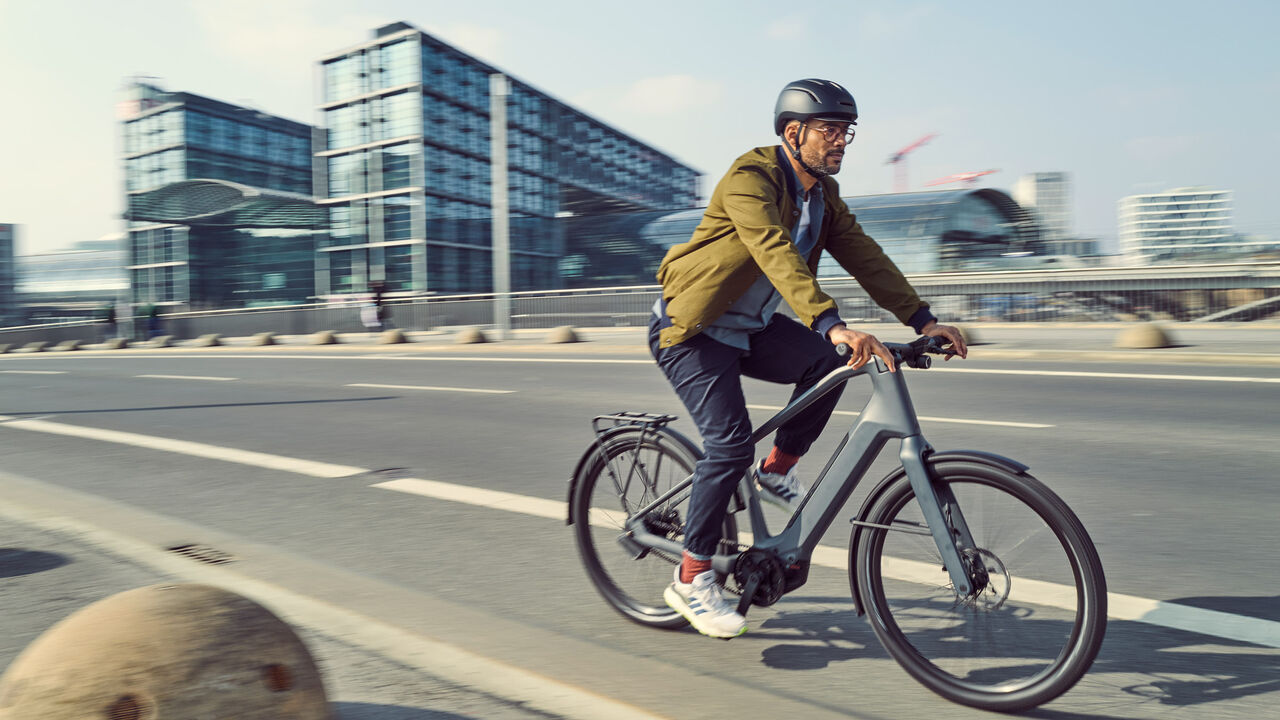In the age of climate change and sustainability, the quest for greener transportation alternatives has become paramount. Among the myriad of options, the electric tricycle stands out as a beacon of innovation, offering a sustainable and efficient mode of travel that is reshaping urban mobility. From reducing carbon emissions to promoting healthier lifestyles, the electric cycle represents a transformative force in transportation.
Electrifying Pedal Power: The Rise of Electric Cycles
The concept of the electric cycle is simple yet revolutionary: combine the efficiency of pedal power with the added boost of electric propulsion. While traditional bicycles have long been championed for their eco-friendliness and health benefits, the advent of electric technology has elevated cycling to new heights. With electric cycles, riders can effortlessly conquer hills, cover longer distances, and arrive at their destinations sweat-free.
Sustainability in Motion
At the core of the electric cycle revolution lies its commitment to sustainability. By harnessing electricity as a power source, electric cycles produce zero emissions, offering a cleaner alternative to gas-guzzling vehicles. This eco-friendly approach not only reduces air pollution but also helps combat climate change by minimizing carbon footprints.
Furthermore, electric cycles promote sustainable urban development by easing traffic congestion and reducing the demand for parking space. Their compact size and agility make them ideal for navigating crowded city streets, offering a practical solution to the challenges of urban mobility.
Empowering Commuters
Beyond their environmental benefits, electric cycles are empowering commuters with a newfound sense of freedom and flexibility. Unlike traditional bicycles, electric cycles eliminate the barriers of distance and terrain, enabling riders to travel farther and faster with minimal effort. This expanded range opens up new possibilities for commuting, allowing individuals to effortlessly navigate urban landscapes while avoiding the pitfalls of traffic congestion and public transportation delays.
Moreover, electric cycles offer a cost-effective alternative to traditional modes of transportation. With lower operating costs and minimal maintenance requirements, electric cycles provide an affordable means of getting around, particularly in urban areas where the expense of owning and maintaining a car can be prohibitive.
Health and Wellness on Two Wheels
In addition to their practical advantages, electric cycles promote health and wellness by encouraging physical activity and active transportation. While the electric motor provides assistance when needed, riders still engage in pedaling, thereby reaping the benefits of cardiovascular exercise and muscle engagement. This hybrid approach strikes a balance between convenience and fitness, making electric cycling an attractive option for individuals looking to incorporate more physical activity into their daily routines.
Furthermore, electric cycles have the potential to revolutionize mobility for individuals with mobility impairments or physical limitations. By providing assistance with propulsion, electric cycles enable people of all abilities to enjoy the freedom and independence of cycling, fostering inclusivity and accessibility in transportation.
Overcoming Challenges and Embracing the Future
Despite their numerous benefits, electric cycles still face challenges on the road to widespread adoption. Concerns regarding infrastructure, safety, and regulatory frameworks must be addressed to ensure the seamless integration of electric cycles into existing transportation systems. Investments in cycling infrastructure, such as dedicated bike lanes and charging stations, are essential to support the growing popularity of electric cycling and enhance the safety and convenience of riders.
Furthermore, education and awareness initiatives are needed to promote responsible riding behavior and ensure that electric cycles are used in harmony with other modes of transportation. By fostering a culture of mutual respect and cooperation among road users, we can create a more inclusive and sustainable transportation ecosystem for future generations.
